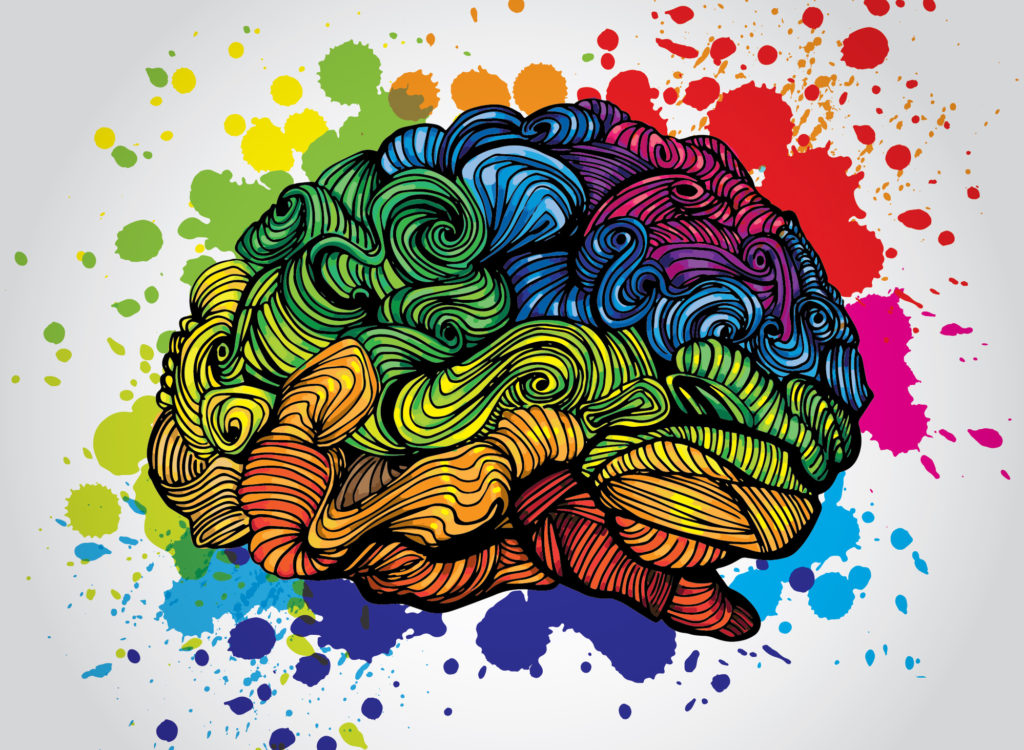No, this is not a zombie grocery list.

We are surrounded by machine brains. Unless you don’t internet, you have already interacted with several of them today. Here’s a short list of some of the ways I did:
- Enjoyed a spam-free mailbox
- Translated text from German to English (raise your hand if you’ve seen German comments in your ABAP)
- Looked for the “®” symbol in Google Docs. Did you know you can draw on the search screen to find symbols? Neural networks at work there.
- Looked at a social network feed, and saw connection recommendations
- Tried out Amazon Echo
They’re not brains like the one between your ears, but they learn and adjust nonetheless. If you’re touching the internet, you’re touching – and contributing to – multiple data-driven, non-human brains.
Machine learning powers these brains. Not a Skynet eradicate-all-humans machine, but a set of statistical approaches to understanding data. And we’re smack in the middle of a data-driven renaissance. AI/ML startups abound, “Data Scientist” jobs command big bucks, and there’s this sense that even if we haven’t cracked general-purpose AI yet we’re unlocking a host of capabilities one or two levels down.
Consumer software uses these techniques to improve your experience, by trying to predict your next move or preference. It responds to your behaviors and adjusts, using you as its teacher. Intelligent bots like Siri, Cortana, and Google Assistant have this as their primary goal, and there are lots of players trying to get into that game.
Enterprise software doesn’t care about adjusting to you. I understand one of the reasons: in consumer software the person to please is you, the immediate user; in business software the person to please is the leader spending budget, who may not actually use the software. It’s taken a long time for user experience to count for anything in enterprise software, and experiences enhanced by machine brains are nowhere.
I want to change that. I think you can creatively apply data science techniques to improve enterprise users’ experience. I think you can use cutting-edge cloud tools to give your existing applications an AI flavor, without burning the whole thing to the ground. I think if you approach user experience as a broader concept than “where do fields go on the screen?” you can blow people away with what you do.
Prepare your RSS readers – things are about to get interesting on the Mindset blog.